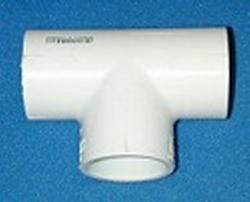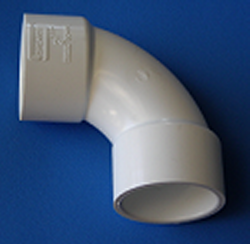I'm doing some plumbing on my pool, and I'm curious if anyone can tell me if there will be a major difference in head loss between the following two configurations (ignore the periods).
1.)................Pump
.....................||
.....................||
Main Drains === Tee === Valve === Yard Drain
2.)................Pump
.....................||
....................Tee === Valve === Yard Drain
.....................||
Main Drains === Elbow
In the first setup, the water to the pump has to make a sharp 90 degree turn while piling into the closed valve. In the second setup, the water makes a smooth 90 degree turn and then travels straight through the tee. Obviously, with the second setup I would never get the last couple of inches of water out of the pipe since the yard drain pipe level is above main drain pipe level by the height of the elbow and the tee. Thanks!
TomU
1.)................Pump
.....................||
.....................||
Main Drains === Tee === Valve === Yard Drain
2.)................Pump
.....................||
....................Tee === Valve === Yard Drain
.....................||
Main Drains === Elbow
In the first setup, the water to the pump has to make a sharp 90 degree turn while piling into the closed valve. In the second setup, the water makes a smooth 90 degree turn and then travels straight through the tee. Obviously, with the second setup I would never get the last couple of inches of water out of the pipe since the yard drain pipe level is above main drain pipe level by the height of the elbow and the tee. Thanks!
TomU




